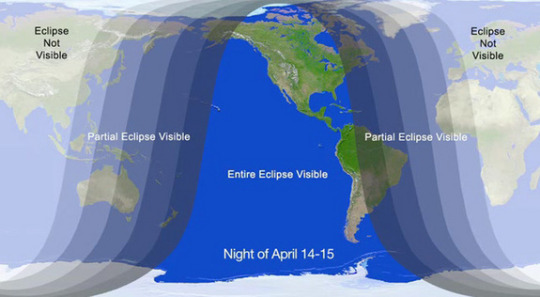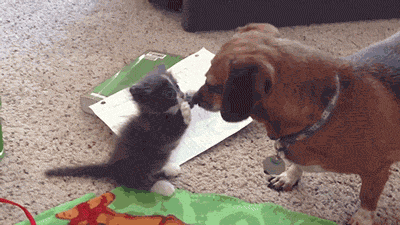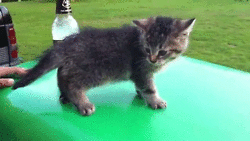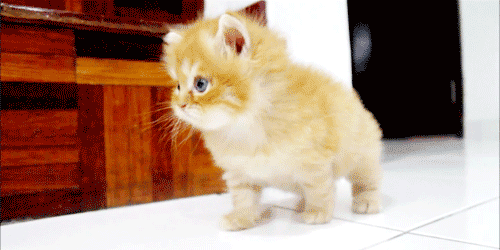This is Mike's place to scratch up the wall with random stuff. This page is under construction. Hard hats required here.
Don't wanna be here? Send us removal request.
Photo
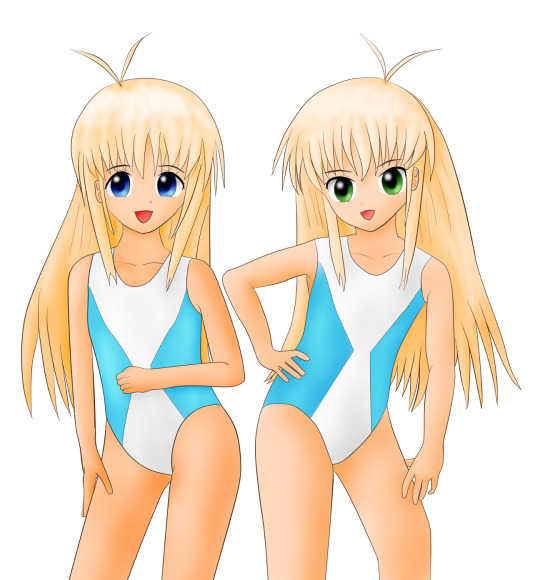
Siori and Saori, swimsuit edition
2 notes
·
View notes
Photo

Skating fairy Cirno vs Suika. No contest.
0 notes
Photo

Panorama of the Rio Grande at Embudo, New Mexico
0 notes
Photo

She wore an itsy bitsy, teeny weeny, yellow polkadot bikini...
8 notes
·
View notes
Photo


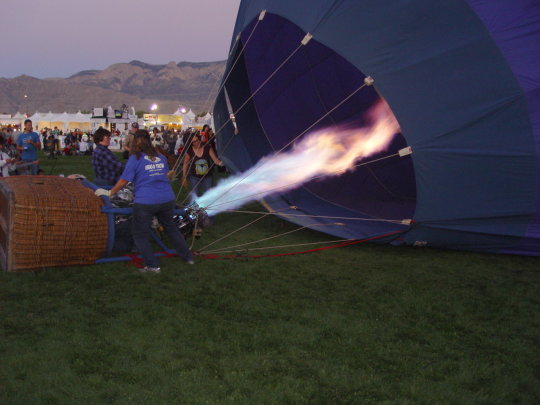


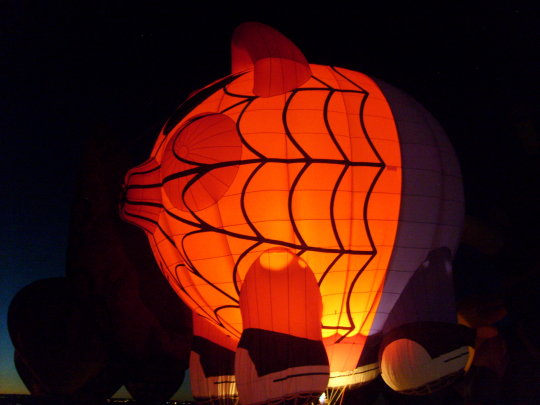
Balloon glow at the Albuquerque International Balloon Fiesta
0 notes
Photo

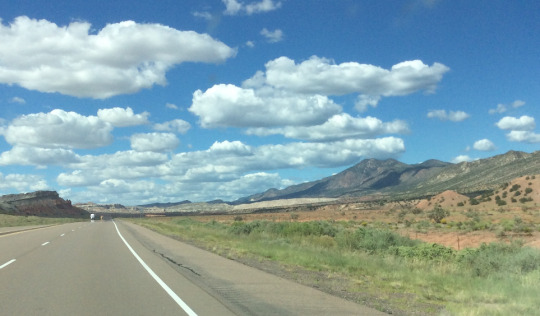


On Highway 550 in New Mexico between San Ysidro and Cuba.
3 notes
·
View notes
Photo



A few cosplay pics from Sabaku Con 2014
3 notes
·
View notes
Photo

Briefly Sandia.
2 notes
·
View notes
Photo
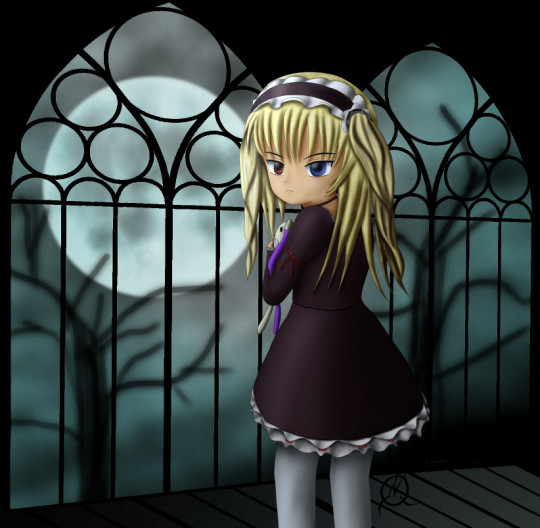
Hasegawa Kobato is a vampire waiting for the full moon, or at least she thinks she is.
3 notes
·
View notes
Photo

Remember kids, Ari does not like being touched...
12 notes
·
View notes
Photo

Twenty Years Ago Today the World Wide Web Went Public
Twenty years ago today, something happened that changed the digital world forever: CERN published a statement that made the technology behind the World Wide Web available to use, by anybody, on a royalty free basis.
That decision, pushed forward by Sir Tim Berners-Lee, transformed the internet, making it a place where we can all freely share anything and everything—from social media updates, through streamed music, to YouTube videos of cats. It has fundamentally shaped the way we communicate.
To celebrate the momentous occasion of 20 years ago, CERN—the same guys behind all those experiments at the Large Hadron Collider—has republished its very first website at its original URL. It’s not much to look at—but it’s a fine reminder of just how much the web has changed in the past twenty years.
In fact, the republishing of that site is part of a broader project to excavate and preserve a whole host of digital gems that remain from the inception of the web. You can go read a lot more about the project over on CERN’s site. [CERN]
Source: gizmodo.com
5K notes
·
View notes
Photo


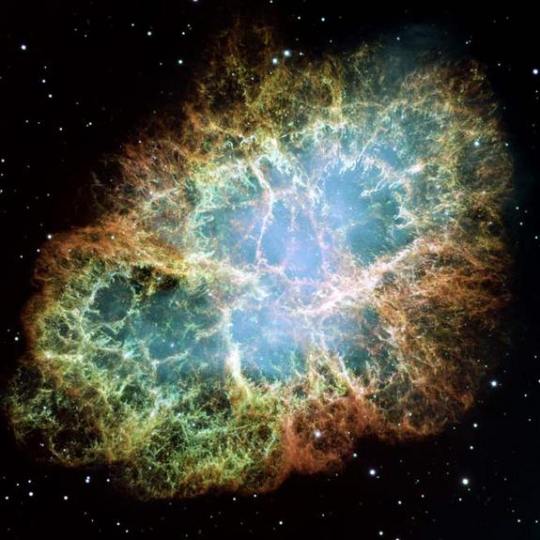
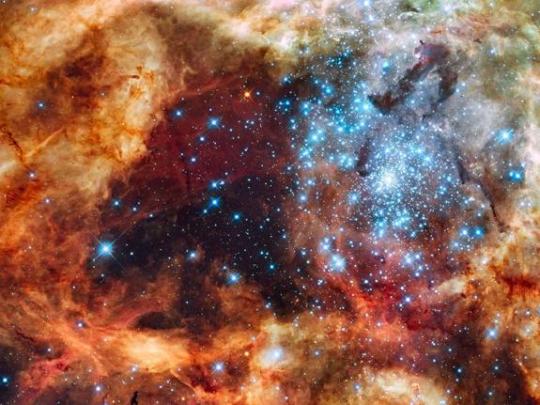
The Hubble Space Telescope was launched on April 24, 1990. Since then, it has provided us with some amazing images of stars, nebulae, galaxies and other objects. It is expected to function until 2014, when it will be replaced by the James Webb Telescope.
To celebrate the launch date of the HST, here are some Hubble facts, via space.com:
Hubble facts
The Hubble Space Telescope is a joint project between NASA and the European Space Agency. Here are some basic facts about the telescope and the mission, courtesy the Space Telescope Science Institute (STScI), which operates Hubble for NASA:
Telescope size
Length: 43.5 ft (13.2 m)
Weight: 24,500 lb (11,110 kg)
Maximum Diameter: 14 ft (4.2 m)
Mission facts
Launch: April 24, 1990 from space shuttle Discovery (STS-31)
Deployment: April 25, 1990
Servicing Mission 1: December 1993
Servicing Mission 2: February 1997
Servicing Mission 3A: December 1999
Servicing Mission 3B: February 2002
Servicing Mission 4: May 2009
Spaceflight stats
Orbit: Average altitude of 307 nautical miles (569 km, or 353 miles), inclined 28.5 degrees to the equator.
Time to Complete one orbit: 97 minutes
Speed: 17,500 mph (28,000 kph)
Data data
Hubble transmits about 120 gigabytes of science data every week. That would be roughly 3,600 feet (1,097 meters) of books on a shelf. The collection of pictures and data is stored on magneto-optical disks.
Power
Energy Source: The Sun
Mechanism: Two 25-foot solar panels
Power usage: 2,800 watts
Batteries: 6 nickel-hydrogen (NiH), with a storage capacity equal to 20 car batteries
Optics
Primary Mirror Diameter: 94.5 in (2.4 m)
Primary Mirror Weight: 1,825 lb (828 kg)
Secondary Mirror Diameter: 12 in (0.3 m)
Secondary Mirror Weight: 27.4 lb (12.3 kg)
Full Article
1K notes
·
View notes


